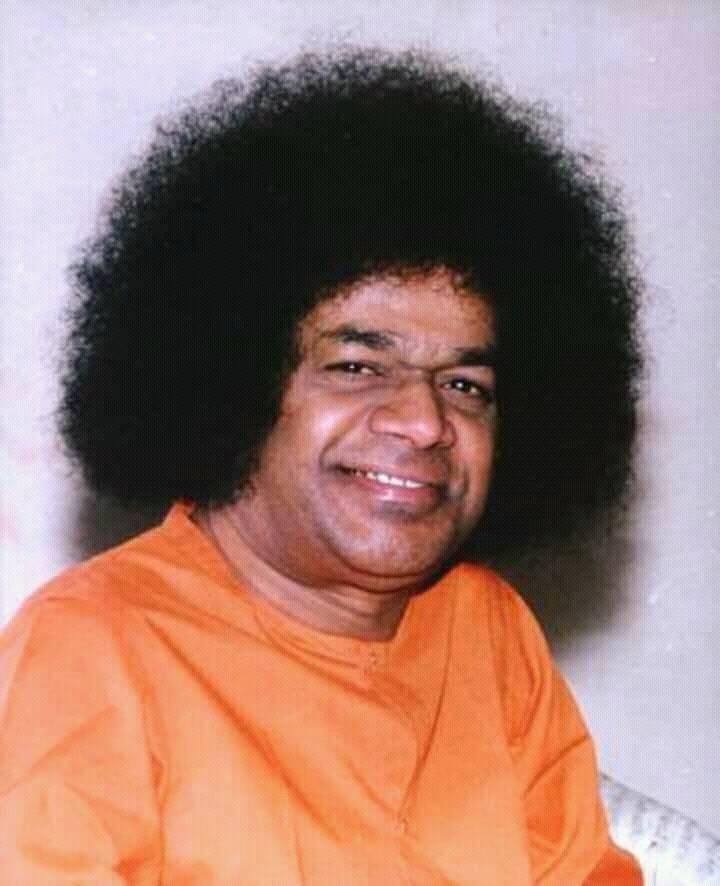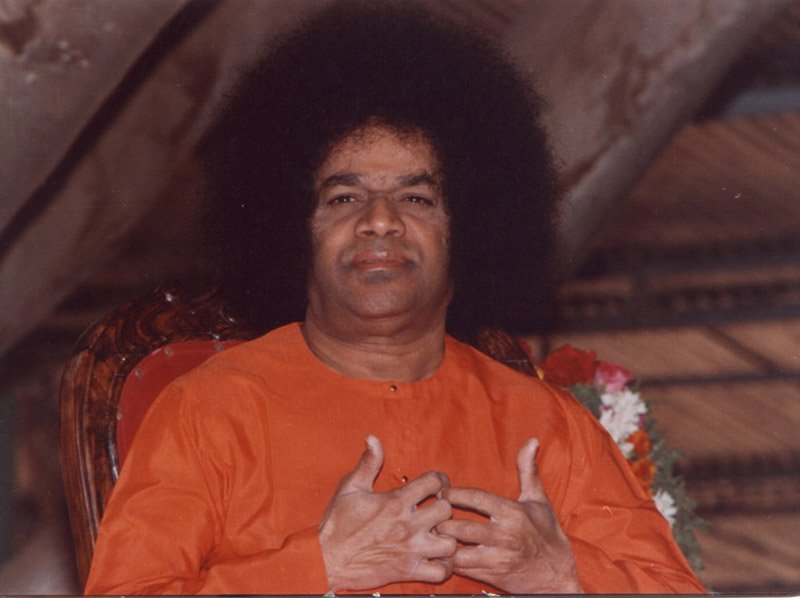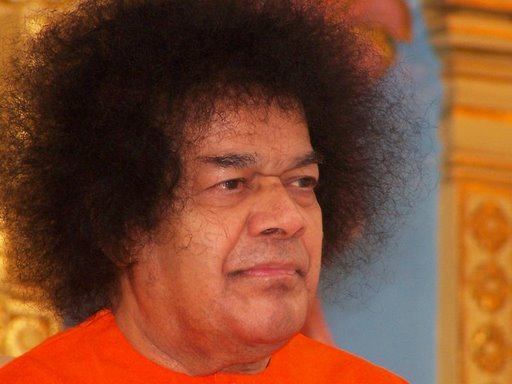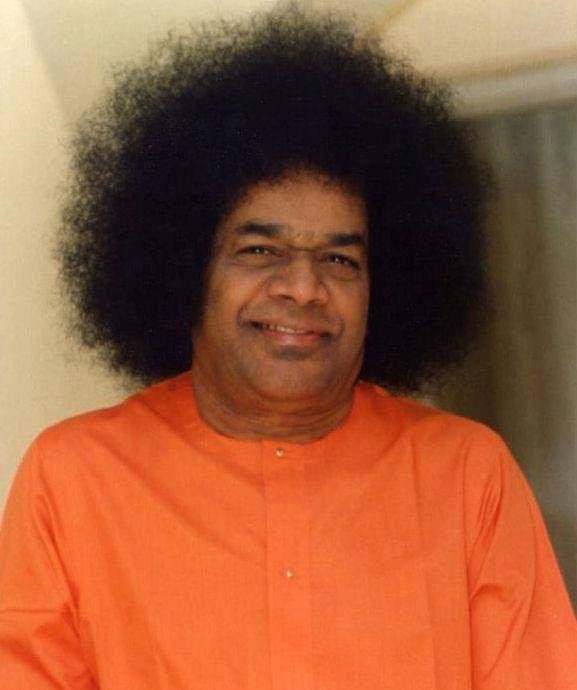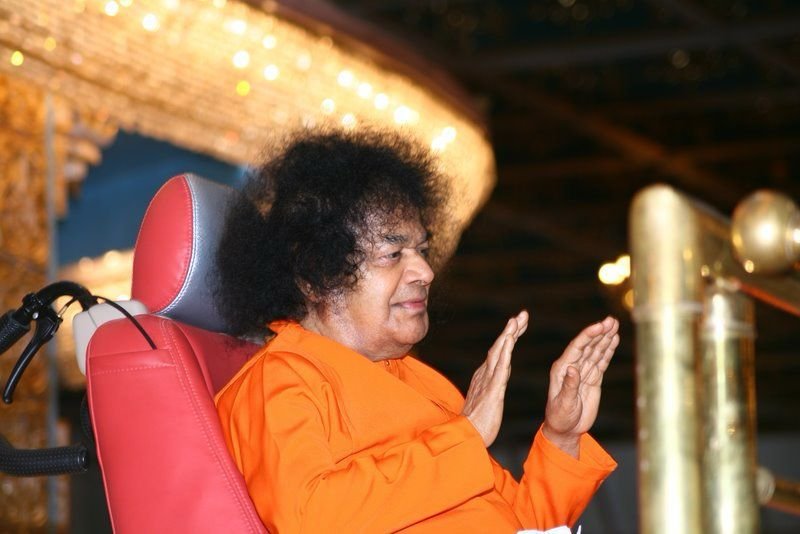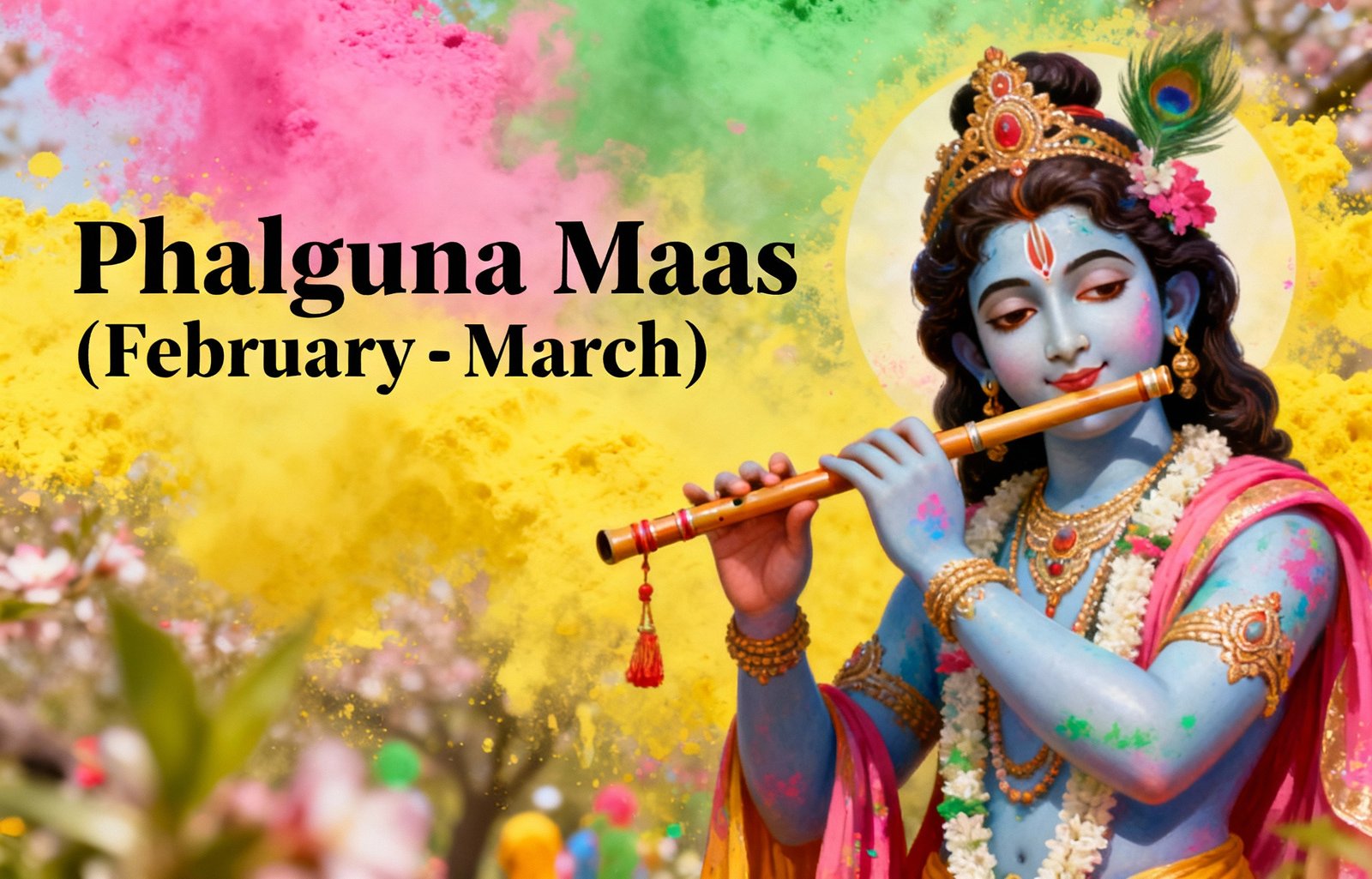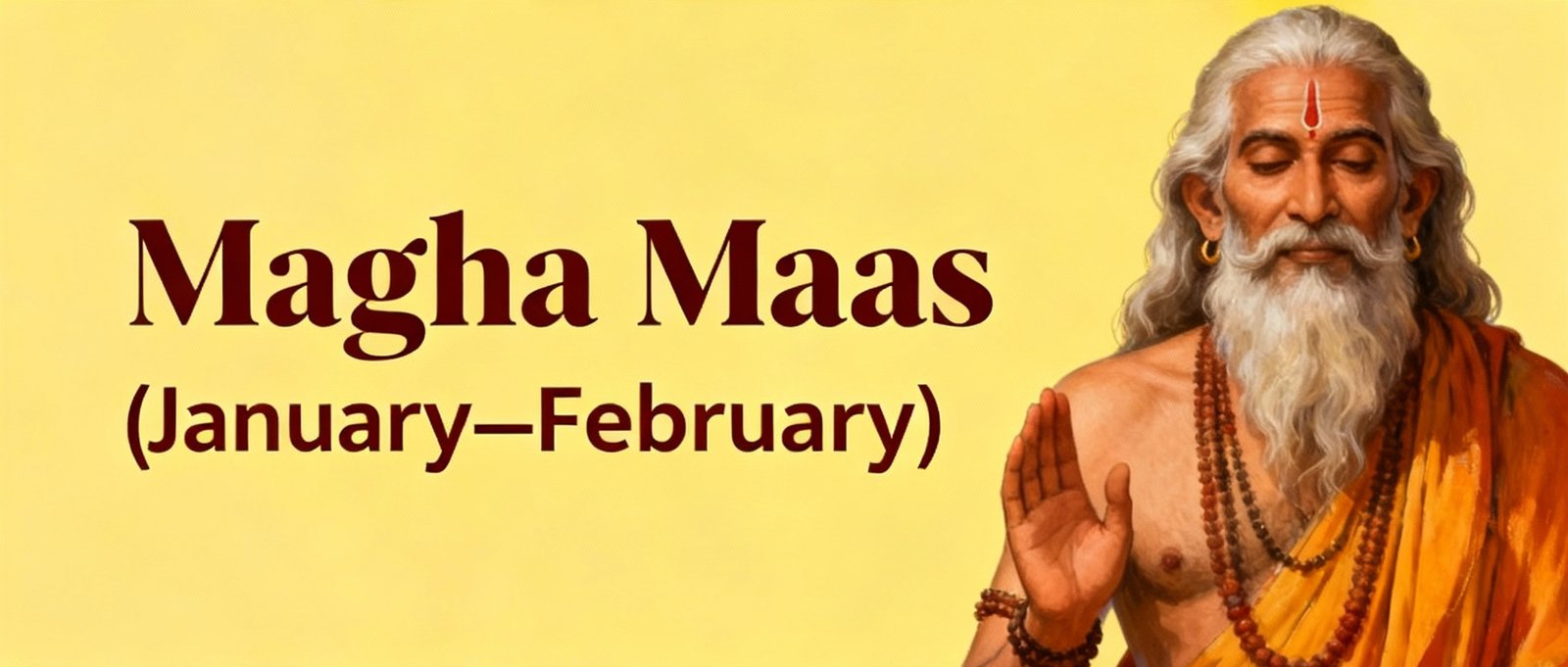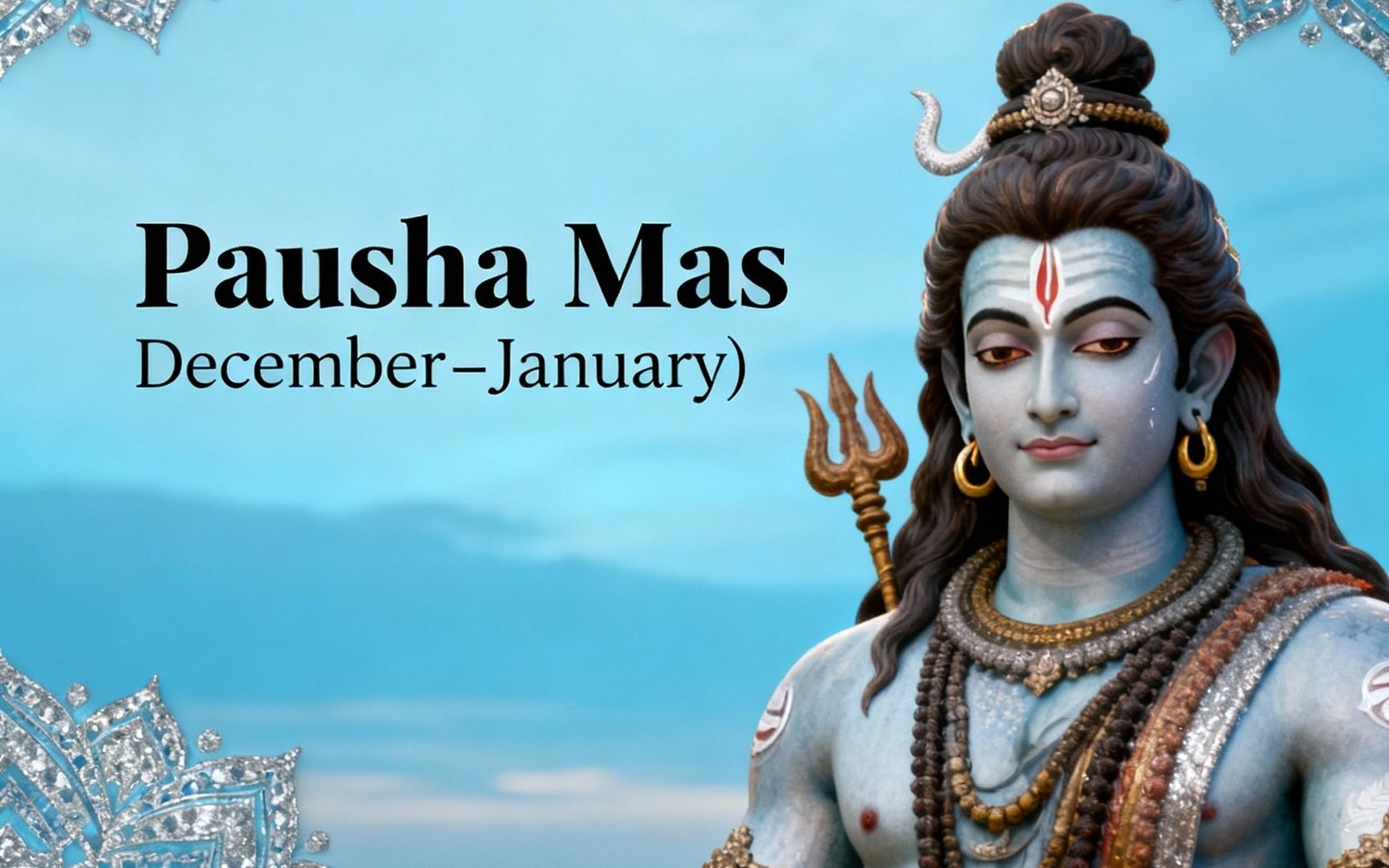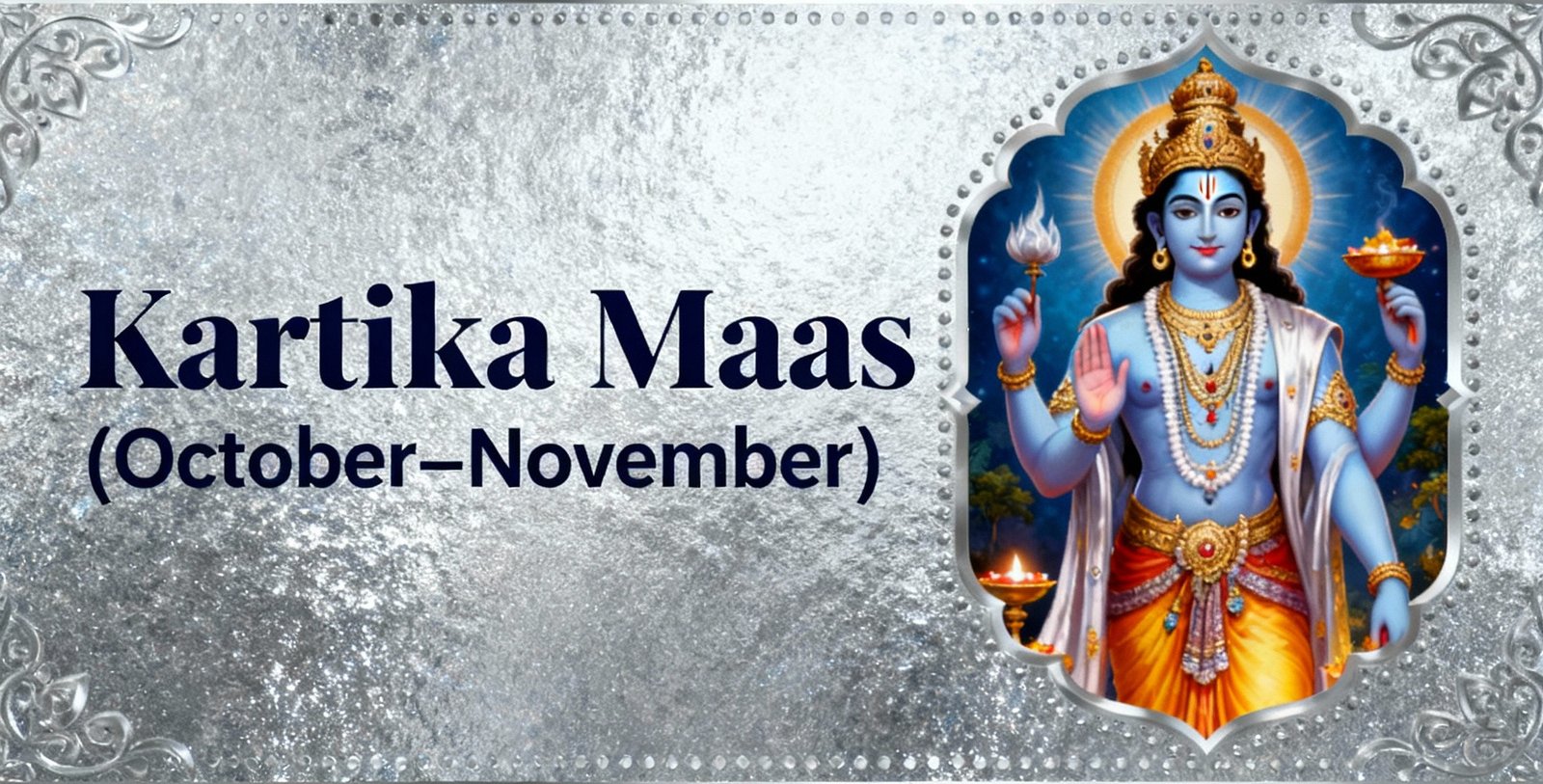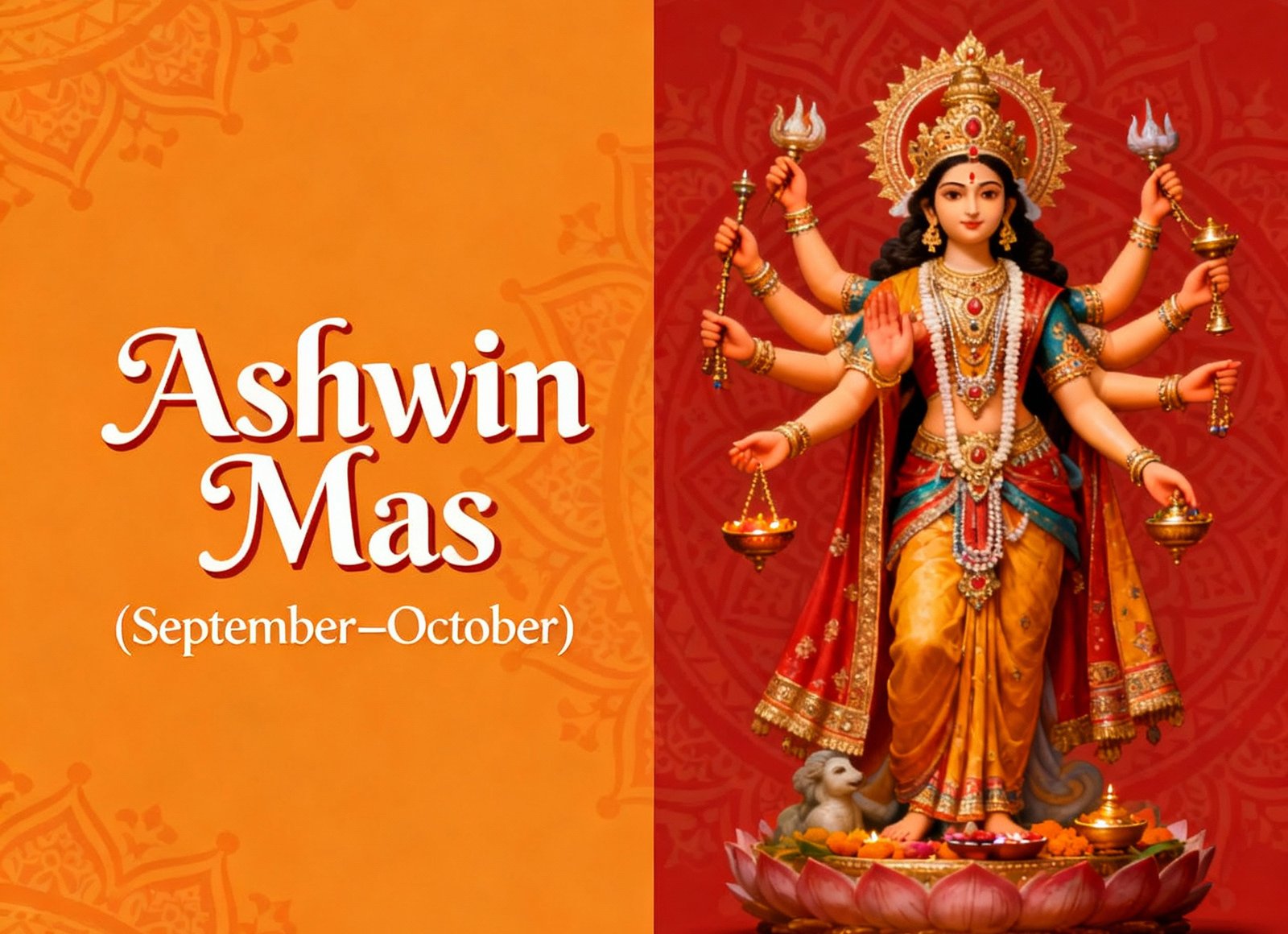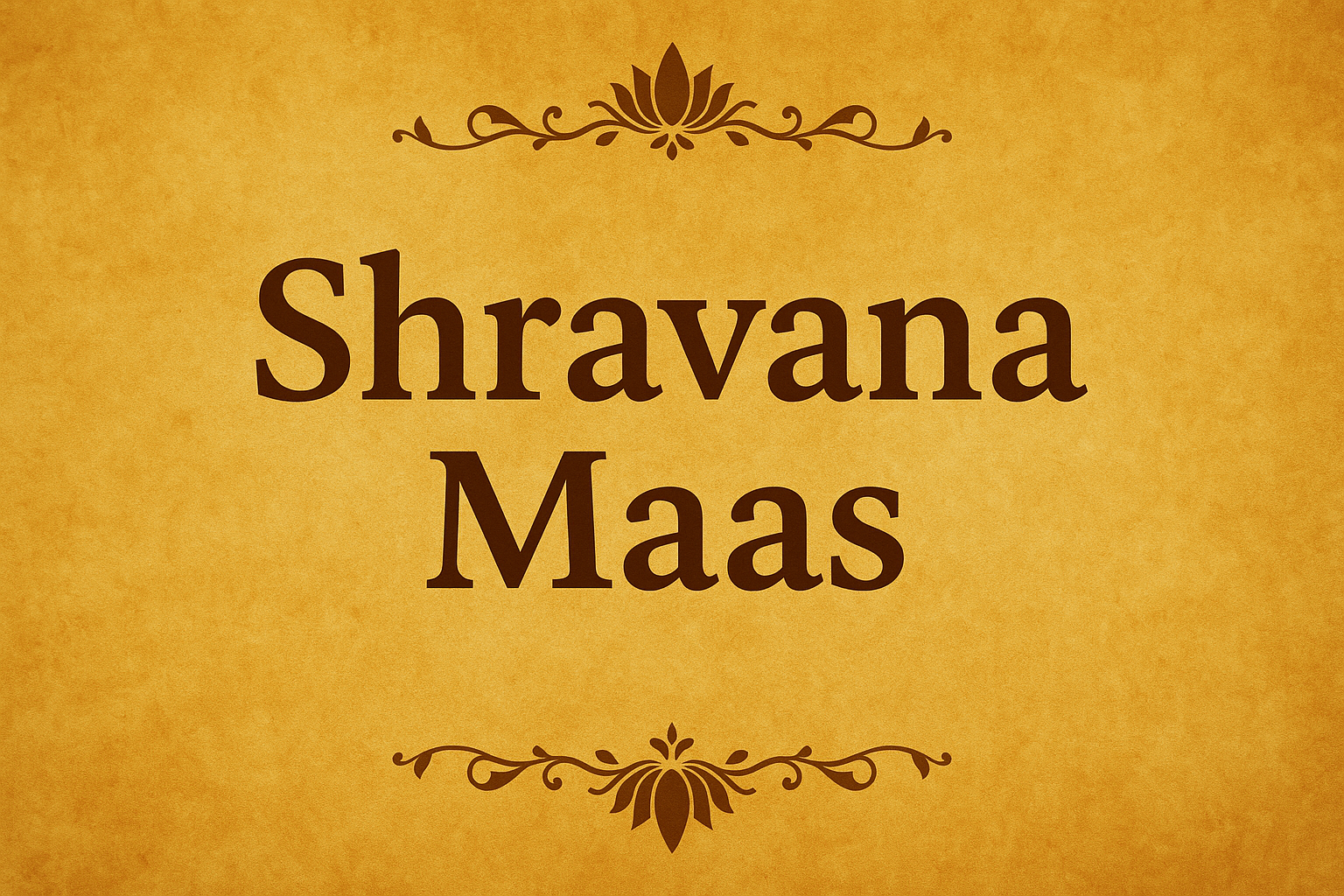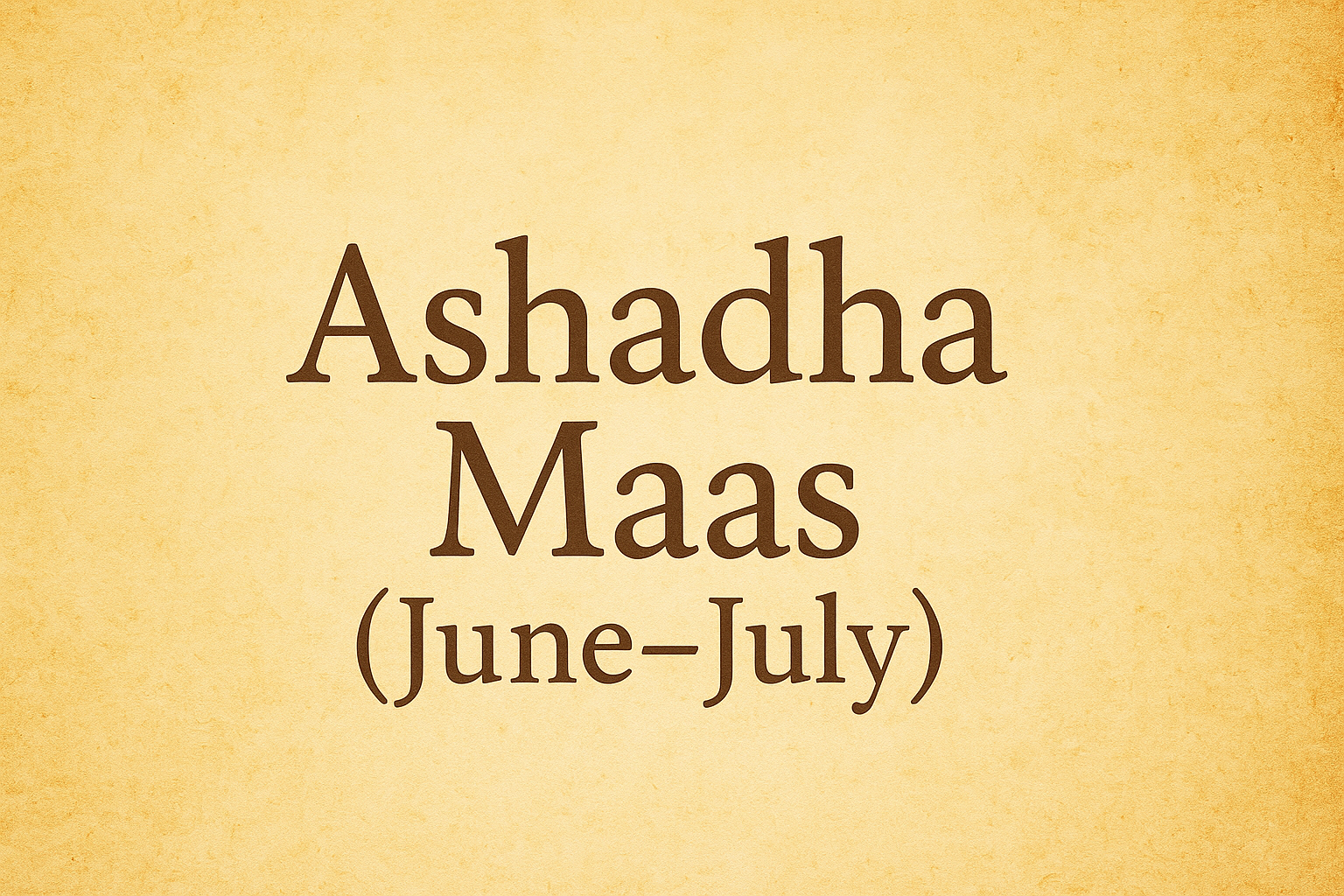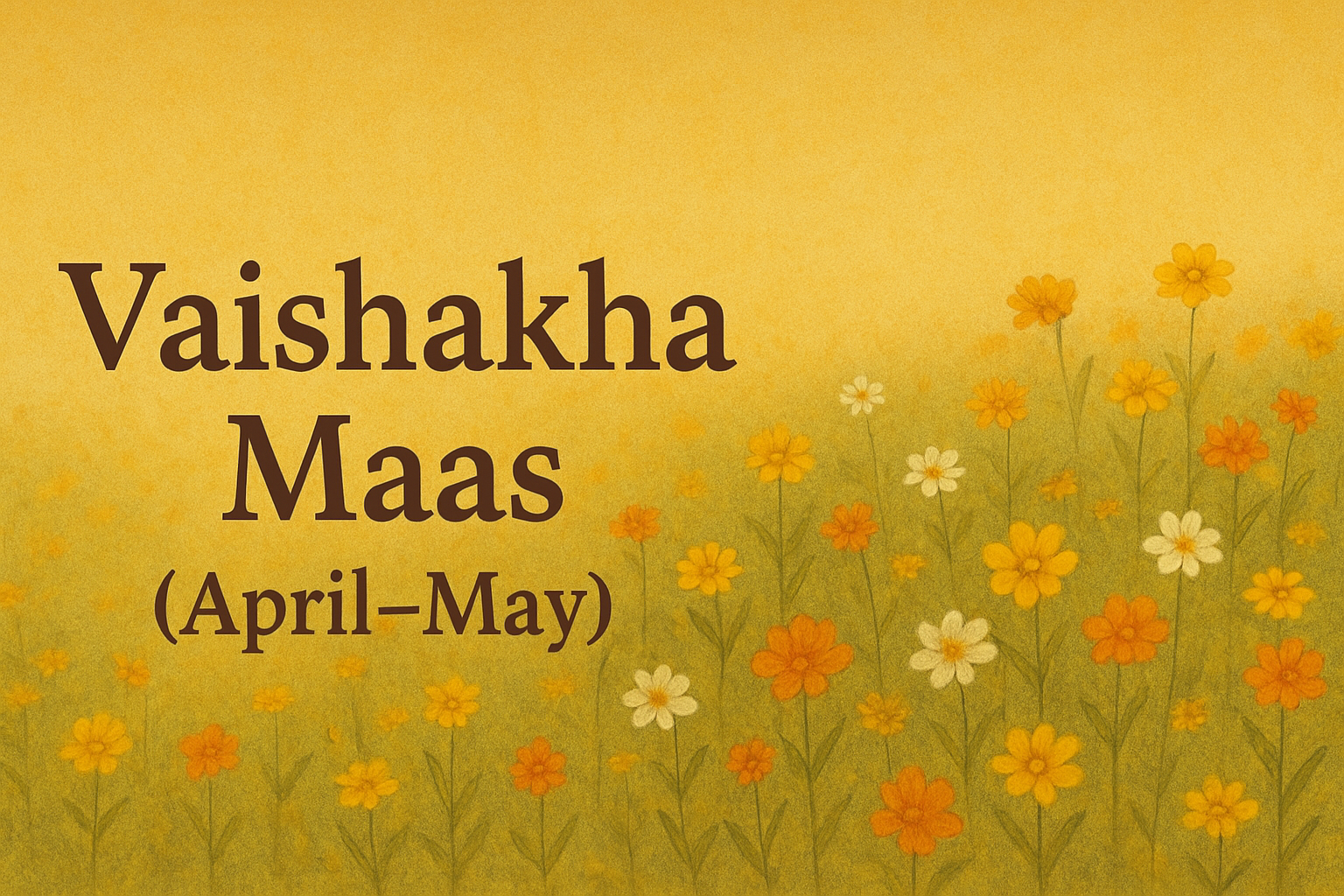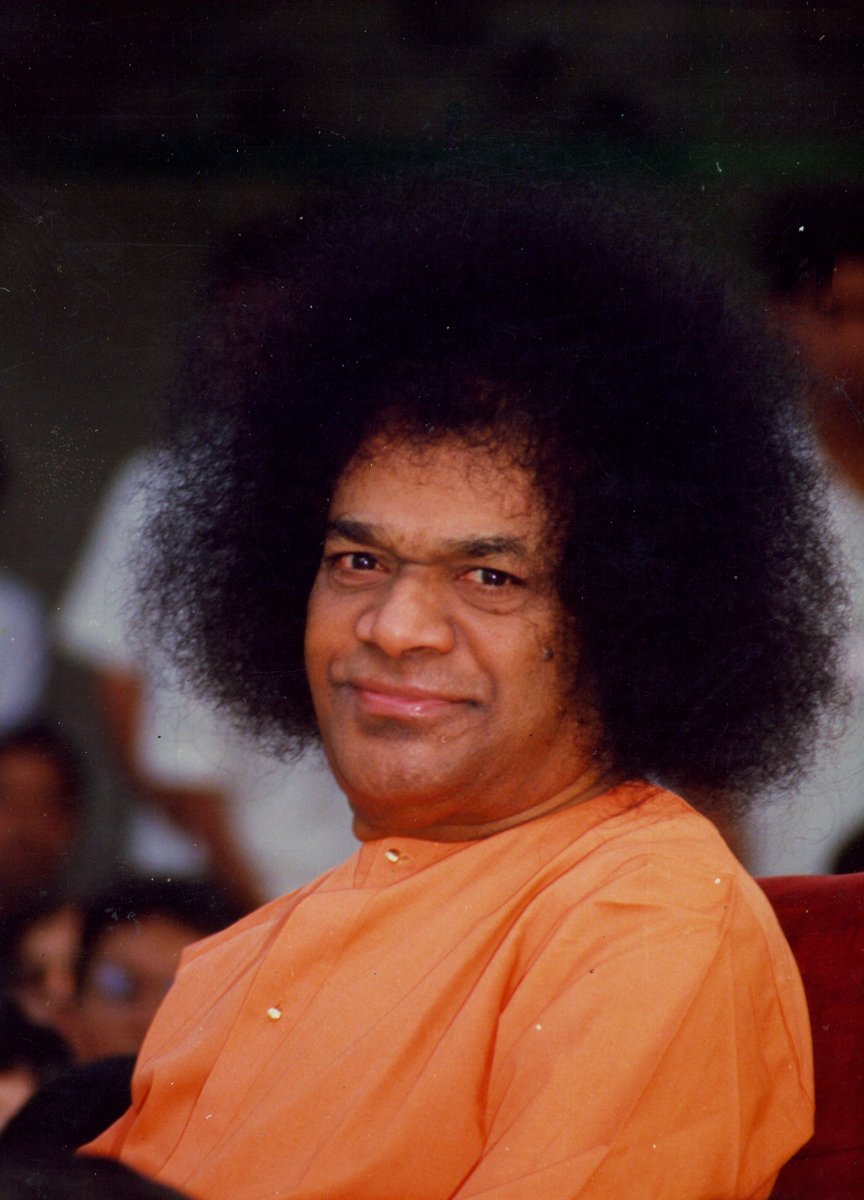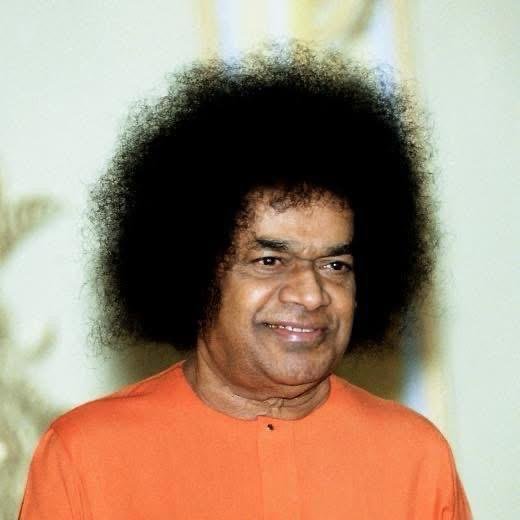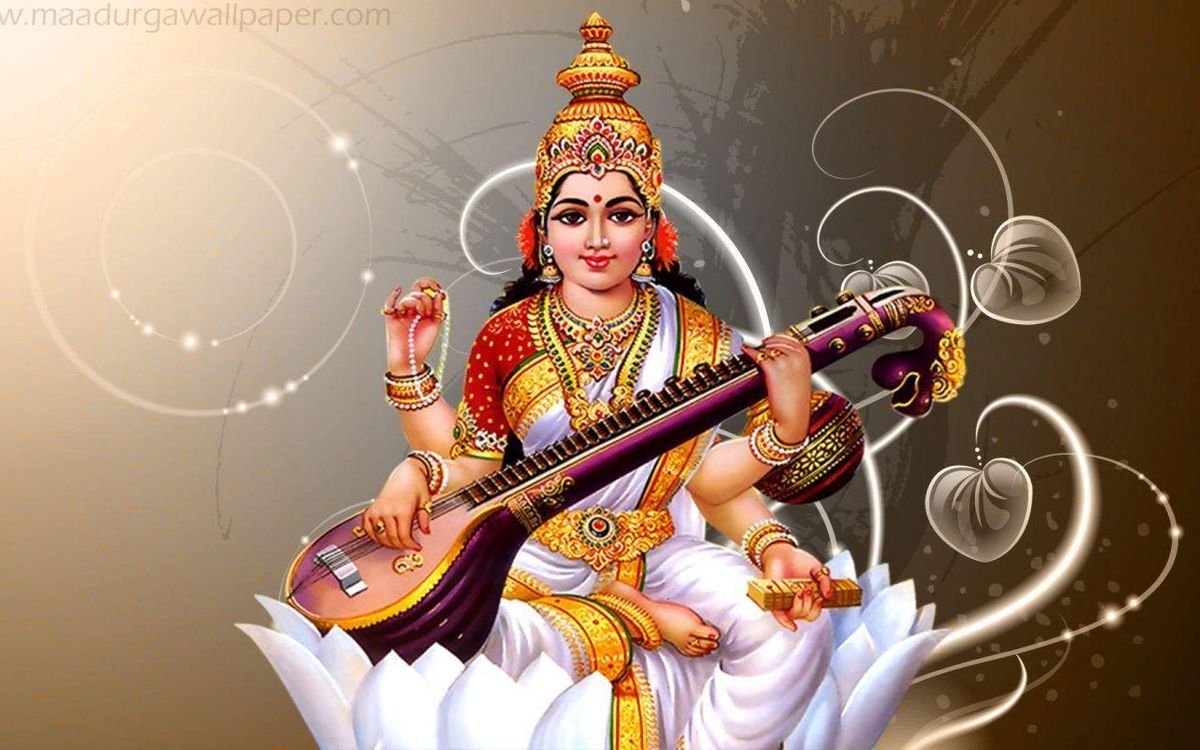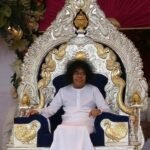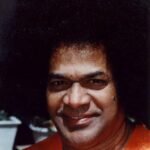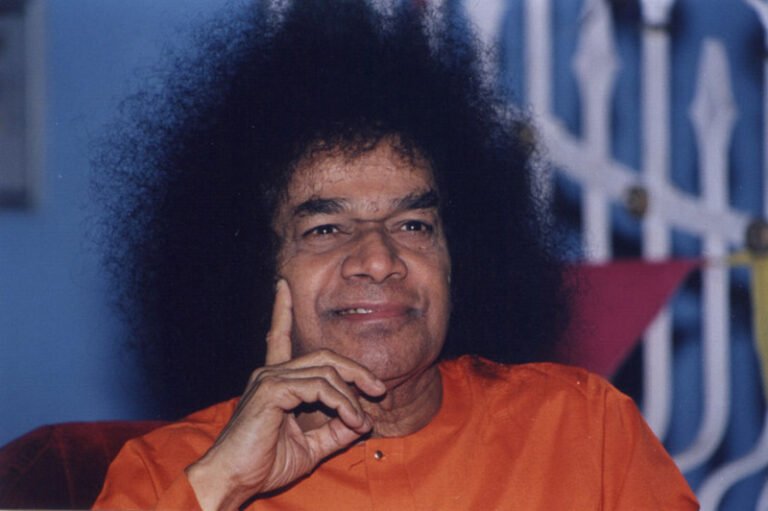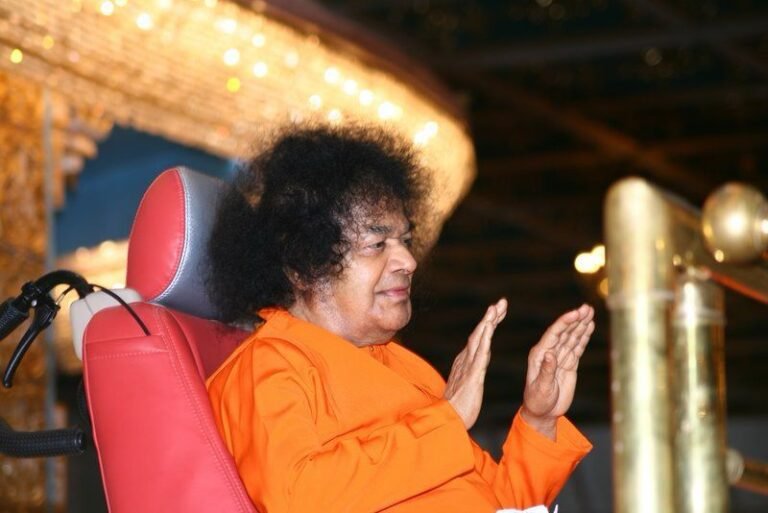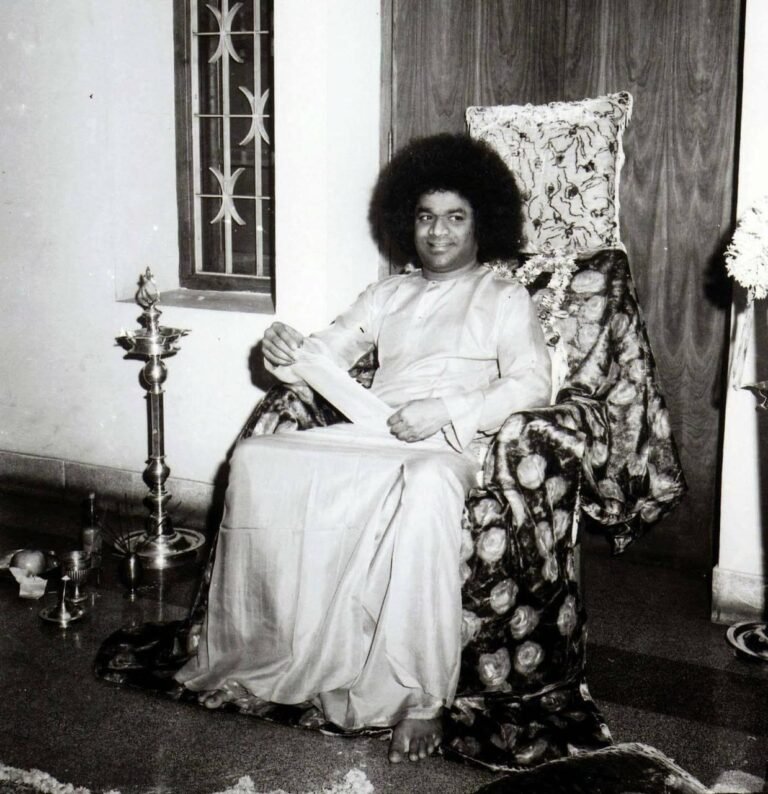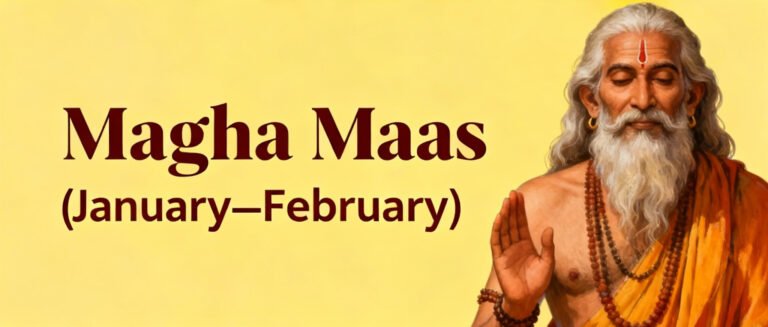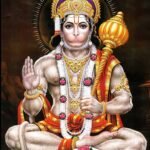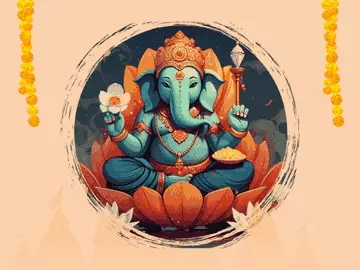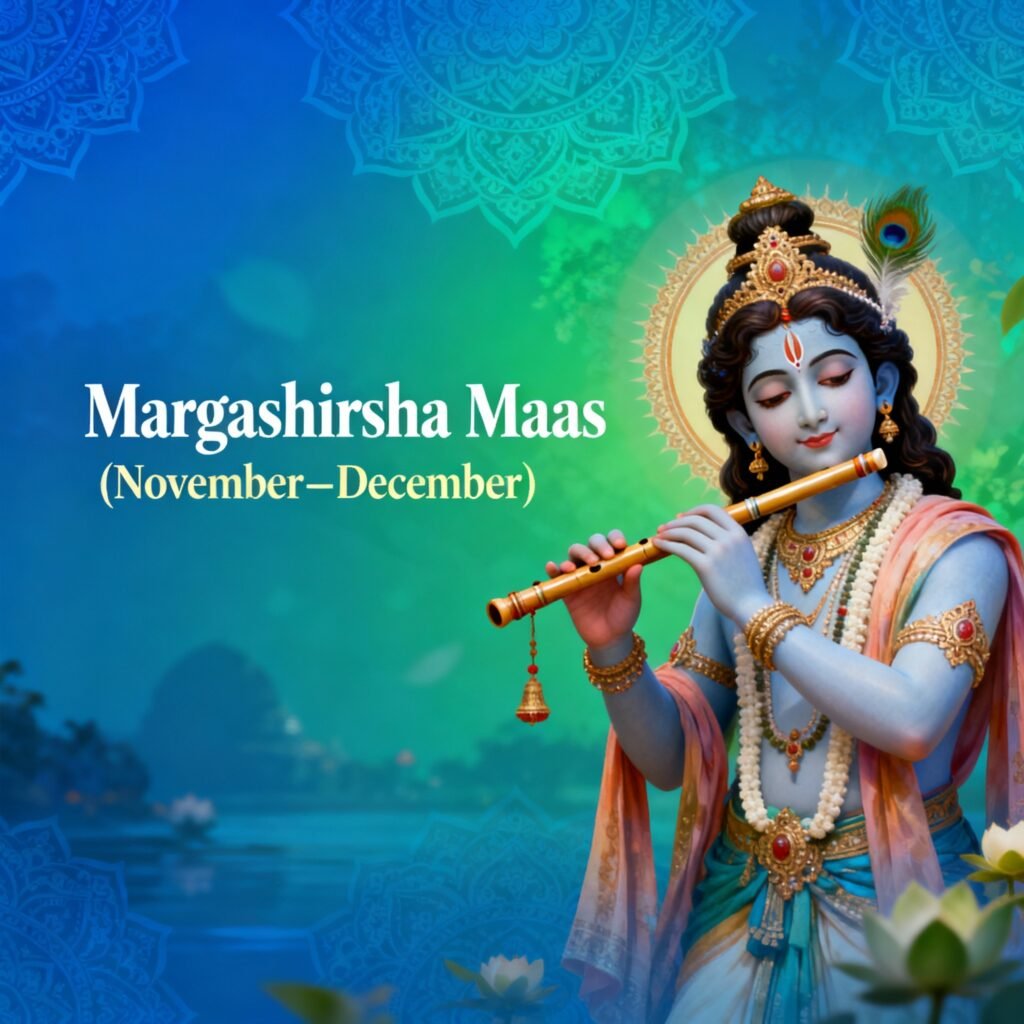Margashirsha (November–December)
Ekadashi In The Month Margashirsha (November–December) 🌙 Utpanna Ekadashi – Krishna Paksha (Margashirsha Month) Utpanna Ekadashi is one of the most significant and spiritually powerful Ekadashis in the Hindu calendar. It falls during the Krishna Paksha (waning phase of the moon) in the month of Margashirsha (November–December).This Ekadashi is celebrated as the first Ekadashi that originated from Ekadashi Devi, who manifested from Lord Vishnu’s divine energy to destroy evil and protect righteousness. It marks the beginning of the Ekadashi fasting tradition, which is why it holds a very special place among all 24 (or 26) Ekadashis of the year. 🕉️ Spiritual & Mythological Significance According to the Bhavishya Purana and Padma Purana, long ago, a powerful demon named Murasura terrorized the gods. He resided in Chandravati Nagari and performed severe austerities to gain invincibility. When his tyranny grew unbearable, the Devas (gods) sought refuge in Lord Vishnu. Lord Vishnu fought Mura for thousands of years. During the battle, the Lord entered a cave to rest for a moment. Seeing Him asleep, Mura tried to attack. Suddenly, from Vishnu’s divine energy, a radiant female warrior emerged — a goddess glowing with celestial light. She battled and destroyed the demon instantly. When Lord Vishnu awoke, He was pleased and named her “Ekadashi Devi,” saying: “You were born on the eleventh day (Ekadashi) of the lunar fortnight. Whoever observes this day with devotion and fasting shall be freed from sins and attain My abode.” Thus, Utpanna Ekadashi commemorates the birth of Ekadashi Devi, the divine energy of spiritual discipline, purity, and protection. 🌼 Importance of Utpanna Ekadashi 🪔 Rituals and Observances 1. Dashami (Day Before Ekadashi) 2. Ekadashi Day (Main Fasting Day) 3. Dwadashi (Breaking the Fast) 📜 Scriptural Reference In the Bhavishya Purana, Lord Krishna tells Arjuna: “O Arjuna, Utpanna Ekadashi is the destroyer of sins. By observing this fast, one attains the merit equal to performing a thousand Ashwamedha Yajnas. Whoever observes it faithfully attains My eternal abode.” 🌺 Spiritual Meaning Utpanna Ekadashi symbolizes the awakening of divine consciousness within us — the birth of awareness that destroys ignorance and ego (represented by the demon Mura).It teaches that through discipline, devotion, and purity, we can conquer negative tendencies and align with the divine will of Lord Vishnu. ✨ Essence of Utpanna Ekadashi Leads to freedom from karmic bondage and attainment of Moksha (liberation) Birth of Ekadashi Devi, the Goddess of spiritual strength First and foremost Ekadashi that began the sacred tradition of fasting Day of renewal, purification, and devotion 🌙 Mokshada Ekadashi – Shukla Paksha (Margashirsha Month) Mokshada Ekadashi is one of the most sacred and spiritually uplifting Ekadashis in the Hindu calendar. It occurs during the Shukla Paksha (waxing phase of the moon) in the month of Margashirsha (November–December). This Ekadashi is highly revered as it bestows moksha (liberation) upon the soul and helps devotees attain freedom from the cycle of birth and death. It is also believed that observing a fast on this day liberates the souls of ancestors who may be suffering in the afterlife, granting them peace and heavenly abode. 🕉️ Spiritual & Mythological Significance The significance of Mokshada Ekadashi is described in the Brahmanda Purana. The legend begins in the ancient kingdom of Champak Nagari, ruled by a wise and just king named Vaikhanasa. One night, the king had a troubling dream in which his late father appeared to him, suffering greatly in the realms of Yama (the god of death). Distressed, the king sought guidance from his royal priest, who advised him to visit the Sage Parvata Muni, a great seer living in the Himalayas. The sage revealed that the king’s father was enduring punishment due to his past misdeeds, but there was a divine remedy — observing the Mokshada Ekadashi Vrata with full devotion. Following the sage’s advice, the king and his family observed the fast and performed the rituals. Pleased by their devotion, Lord Vishnu granted liberation to the king’s father, freeing his soul from suffering. Since that day, this Ekadashi has been celebrated as Mokshada Ekadashi, the sacred day that grants salvation and liberation. 🌼 Spiritual Importance 🪔 Rituals and Observances 1. Dashami (Day Before Ekadashi) 2. Ekadashi Day (Main Fast) 3. Dwadashi (Breaking the Fast) 📜 Scriptural Reference In the Brahmanda Purana, Lord Krishna explains to Yudhishthira: “O King, Mokshada Ekadashi is the destroyer of all sins. Observing this fast with devotion liberates not only the devotee but also their forefathers. It grants the highest abode — Vaikuntha.” 🌺 Spiritual Essence The word Mokshada itself means “that which grants Moksha (liberation).”This Ekadashi reminds us of the eternal truth — that all worldly pleasures are temporary, but the soul’s union with the Divine is everlasting. It encourages us to lead a pure, disciplined, and selfless life, centered on devotion (bhakti) and detachment (vairagya). ✨ Essence of Mokshada Ekadashi A day for spiritual cleansing, charity, and divine remembrance Symbol of divine liberation and peace Bestows salvation for ancestors and oneself Observing this Ekadashi helps attain Vaikuntha, the abode of Lord Vishnu
Margashirsha (November–December) Read Post »

